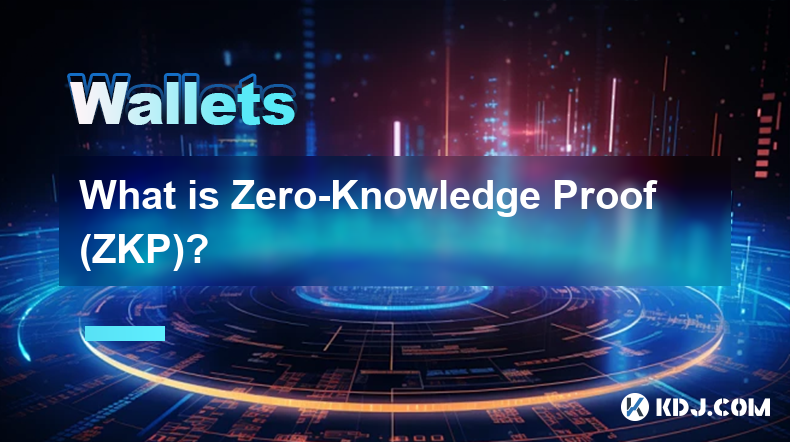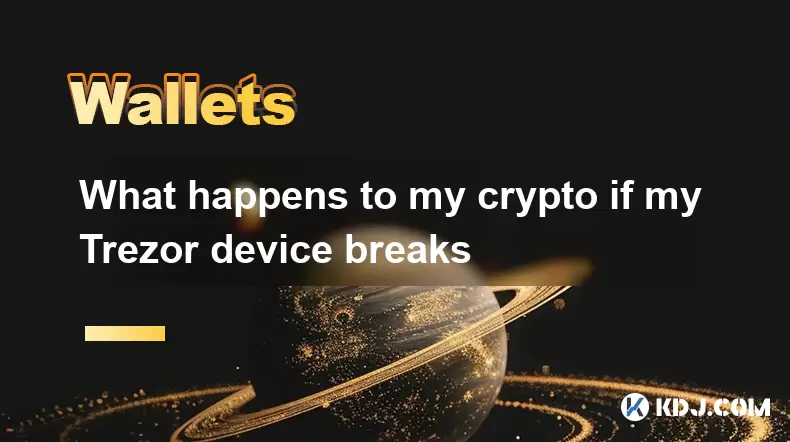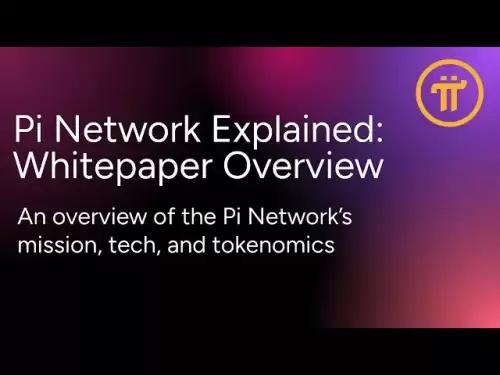-
 Bitcoin
Bitcoin $121,713.8152
3.06% -
 Ethereum
Ethereum $3,041.6437
2.42% -
 XRP
XRP $2.9499
5.12% -
 Tether USDt
Tether USDt $1.0000
-0.02% -
 BNB
BNB $704.1034
1.75% -
 Solana
Solana $166.7523
2.91% -
 USDC
USDC $0.9999
0.00% -
 Dogecoin
Dogecoin $0.2052
2.90% -
 TRON
TRON $0.3011
-0.47% -
 Cardano
Cardano $0.7461
1.42% -
 Hyperliquid
Hyperliquid $48.3650
1.12% -
 Stellar
Stellar $0.4548
3.52% -
 Sui
Sui $3.9527
14.50% -
 Chainlink
Chainlink $16.3300
5.87% -
 Bitcoin Cash
Bitcoin Cash $511.8016
1.25% -
 Hedera
Hedera $0.2395
1.40% -
 Avalanche
Avalanche $21.6526
2.06% -
 UNUS SED LEO
UNUS SED LEO $9.0073
-0.23% -
 Shiba Inu
Shiba Inu $0.0...01369
2.61% -
 Toncoin
Toncoin $3.0335
0.66% -
 Litecoin
Litecoin $96.6206
1.72% -
 Monero
Monero $355.1673
5.35% -
 Polkadot
Polkadot $4.0839
2.47% -
 Uniswap
Uniswap $9.3282
9.72% -
 Dai
Dai $0.9997
-0.01% -
 Ethena USDe
Ethena USDe $1.0004
-0.04% -
 Pepe
Pepe $0.0...01248
1.07% -
 Bitget Token
Bitget Token $4.4642
2.68% -
 Aave
Aave $325.0626
6.81% -
 Bittensor
Bittensor $418.1482
6.22%
What is Zero-Knowledge Proof (ZKP)?
Zero-knowledge proofs, a cryptographic tool, empower one party to demonstrate knowledge of a secret without revealing it, unlocking privacy-enhancing technologies and secure blockchain applications.
Feb 21, 2025 at 11:49 am

Key Points
- Zero-knowledge proofs are a cryptographic technique that allows one party to prove to another party that they know a secret without revealing the secret itself.
- Zero-knowledge proofs have a wide range of applications in cryptography, including privacy-enhancing technologies, anonymity networks, and blockchain.
- Several different types of zero-knowledge proofs exist, each with its own strengths and weaknesses.
What is Zero-Knowledge Proof (ZKP)?
A zero-knowledge proof (ZKP) is a cryptographic technique that allows one party (the prover) to prove to another party (the verifier) that they know a secret without revealing the secret itself. This is done by using a series of mathematical puzzles and challenges.
ZKPs have a wide range of applications in cryptography, including:
- Privacy-enhancing technologies: ZKPs can be used to create privacy-enhancing technologies that allow users to protect their sensitive data from unauthorized access. For example, ZKPs can be used to develop anonymous credentials that allow users to prove their identity without revealing their personal information.
- Anonymity networks: ZKPs can be used to create anonymity networks that allow users to communicate with each other without revealing their identities. For example, ZKPs can be used to develop onion routing networks, which allow users to send messages anonymously over the internet.
- Blockchain: ZKPs can be used to develop blockchain applications that are more scalable, secure, and private. For example, ZKPs can be used to develop zk-SNARKs, which are a type of ZKP that can be used to verify the validity of blockchain transactions without revealing the details of the transactions.
Types of Zero-Knowledge Proofs
There are several different types of zero-knowledge proofs, each with its own strengths and weaknesses. The most common types of ZKPs include:
- Interactive ZKPs: Interactive ZKPs require the prover and verifier to interact with each other in real time. This type of ZKP is typically used in applications where the verifier needs to be able to verify the prover's knowledge of the secret in a short amount of time.
- Non-interactive ZKPs: Non-interactive ZKPs do not require the prover and verifier to interact with each other in real time. This type of ZKP is typically used in applications where the verifier does not need to be able to verify the prover's knowledge of the secret in a short amount of time.
- Succinct ZKPs: Succinct ZKPs are a type of ZKP that is very efficient to verify. This type of ZKP is typically used in applications where the verifier needs to be able to verify the prover's knowledge of the secret many times.
How Zero-Knowledge Proofs Work
Zero-knowledge proofs work by using a series of mathematical puzzles and challenges. The prover generates a set of puzzles that the verifier must solve. The verifier then checks the prover's solutions to the puzzles to ensure that they are correct. If the prover's solutions are correct, the verifier is convinced that the prover knows the secret.
The following is a simplified example of how a zero-knowledge proof works:
- The prover generates a secret number.
- The prover generates a set of puzzles that are based on the secret number.
- The prover sends the puzzles to the verifier.
- The verifier solves the puzzles.
- The verifier checks the prover's solutions to the puzzles to ensure that they are correct.
If the prover's solutions are correct, the verifier is convinced that the prover knows the secret number. However, the verifier does not learn anything about the secret number itself.
Benefits of Zero-Knowledge Proofs
Zero-knowledge proofs have several benefits, including:
- Privacy: ZKPs allow users to prove their knowledge of a secret without revealing the secret itself. This can be very useful in applications where users need to protect their sensitive data from unauthorized access.
- Security: ZKPs are very secure. They are based on sound mathematical principles, and they have been proven to be resistant to attack.
- Efficiency: ZKPs are very efficient. They can be verified very quickly, even on low-powered devices.
FAQs
Q: What are some of the applications of zero-knowledge proofs?
A: Zero-knowledge proofs have a wide range of applications in cryptography, including privacy-enhancing technologies, anonymity networks, and blockchain.
Q: What are the different types of zero-knowledge proofs?
A: The most common types of zero-knowledge proofs include interactive ZKPs, non-interactive ZKPs, and succinct ZKPs.
Q: How do zero-knowledge proofs work?
A: Zero-knowledge proofs work by using a series of mathematical puzzles and challenges. The prover generates a set of puzzles that the verifier must solve. The verifier then checks the prover's solutions to the puzzles to ensure that they are correct. If the prover's solutions are correct, the verifier is convinced that the prover knows the secret.
Q: What are the benefits of zero-knowledge proofs?
A: Zero-knowledge proofs have several benefits, including privacy, security, and efficiency.
Disclaimer:info@kdj.com
The information provided is not trading advice. kdj.com does not assume any responsibility for any investments made based on the information provided in this article. Cryptocurrencies are highly volatile and it is highly recommended that you invest with caution after thorough research!
If you believe that the content used on this website infringes your copyright, please contact us immediately (info@kdj.com) and we will delete it promptly.
- Bitcoin, Michael Saylor, and the Relentless Pursuit: A Deep Dive
- 2025-07-14 20:50:12
- BONK's Wild Ride: Grayscale Buzz and Volume Spike - What's Next?
- 2025-07-14 21:10:46
- Week Review, July 7-13, Highlights: Crypto Market Surges to New Heights
- 2025-07-14 21:10:46
- Pi Network's Price Puzzle: Stability Amid Altcoin Recovery – What's Next?
- 2025-07-14 21:17:24
- ADA Eyes $1.90, HBAR & ONDO: Bullish Breakouts on the Horizon?
- 2025-07-14 21:30:11
- Bitcoin, Crypto, and the Smartest Bet: Navigating the Digital Frontier
- 2025-07-14 20:30:11
Related knowledge

What is a hardware wallet's secure element
Jul 11,2025 at 10:14pm
What is a Hardware Wallet's Secure Element?A hardware wallet is one of the most secure ways to store cryptocurrencies. Unlike software wallets, which ...

What is the difference between a custodial and non-custodial wallet
Jul 13,2025 at 03:21am
Understanding Wallet Types in CryptocurrencyIn the world of cryptocurrency, digital wallets play a crucial role in managing and securing assets. A wal...

How to add a new network to MetaMask
Jul 11,2025 at 11:42pm
Understanding the Need to Add a New NetworkWhen using MetaMask, a popular Ethereum-based cryptocurrency wallet, users often need to interact with diff...

How to add Ethereum L2 networks like Arbitrum to Trezor
Jul 11,2025 at 12:36am
What Is Ethereum L2 and Why Add It to Trezor?Ethereum Layer 2 (L2) networks, such as Arbitrum, are scaling solutions designed to reduce congestion on ...

What happens to my crypto if my Trezor device breaks
Jul 11,2025 at 01:49pm
Understanding Hardware Wallet FailureWhen you store cryptocurrency in a Trezor hardware wallet, the private keys are kept offline, offering a high lev...

How to find a specific receiving address on my Trezor
Jul 09,2025 at 10:36pm
Understanding the Purpose of a Receiving AddressA receiving address is a unique identifier used in blockchain networks to receive cryptocurrency. Each...

What is a hardware wallet's secure element
Jul 11,2025 at 10:14pm
What is a Hardware Wallet's Secure Element?A hardware wallet is one of the most secure ways to store cryptocurrencies. Unlike software wallets, which ...

What is the difference between a custodial and non-custodial wallet
Jul 13,2025 at 03:21am
Understanding Wallet Types in CryptocurrencyIn the world of cryptocurrency, digital wallets play a crucial role in managing and securing assets. A wal...

How to add a new network to MetaMask
Jul 11,2025 at 11:42pm
Understanding the Need to Add a New NetworkWhen using MetaMask, a popular Ethereum-based cryptocurrency wallet, users often need to interact with diff...

How to add Ethereum L2 networks like Arbitrum to Trezor
Jul 11,2025 at 12:36am
What Is Ethereum L2 and Why Add It to Trezor?Ethereum Layer 2 (L2) networks, such as Arbitrum, are scaling solutions designed to reduce congestion on ...

What happens to my crypto if my Trezor device breaks
Jul 11,2025 at 01:49pm
Understanding Hardware Wallet FailureWhen you store cryptocurrency in a Trezor hardware wallet, the private keys are kept offline, offering a high lev...

How to find a specific receiving address on my Trezor
Jul 09,2025 at 10:36pm
Understanding the Purpose of a Receiving AddressA receiving address is a unique identifier used in blockchain networks to receive cryptocurrency. Each...
See all articles

























































































